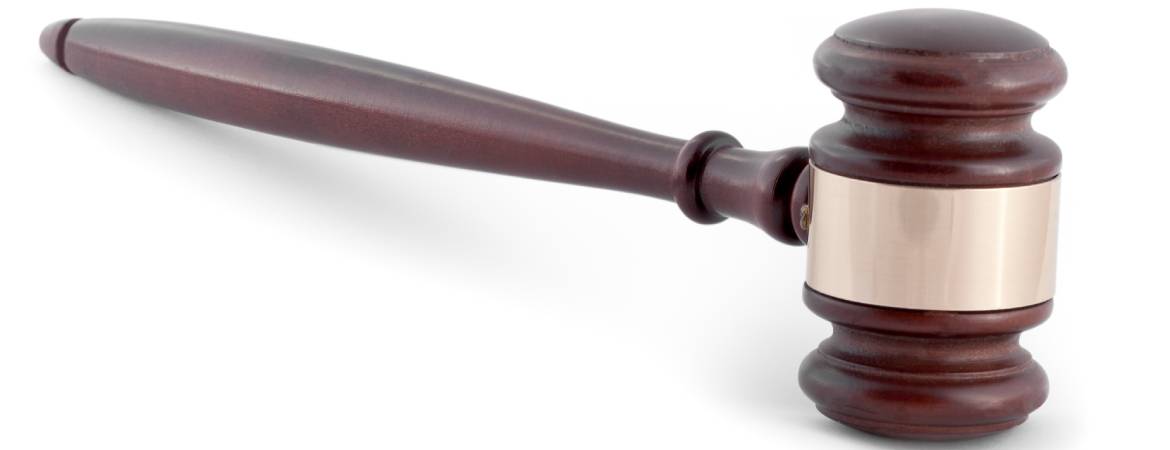
22 May Cannabis Litigation: Writs of Attachment

Last month, I wrote this post about the availability of fraudulent transfer claims under the Uniform Voidable Transactions Act when it’s possible that a cannabis judgment debtor (or soon to be judgment debtor) begins to move its assets around to avoid future payment. But what if you have those concerns at or near the beginning of a lawsuit? A writ of attachment may be the answer.
Attachment is a prejudgment remedy that allows a creditor (typically the plaintiff or cross-complainant) to obtain a lien on the defendant’s assets during the pendency of the case. I’ll start off by saying this is difficult to win (more on that below), and the process involves compliance with extremely strict statutory requirements and technicalities. If obtained though, attachments provide huge leverage and motivation for settlement. They also allow you to become a secured creditor, which means you’ll gain priority over the defendant’s other creditors that might come to existence while the case remains active.
Attachment is a statutory mechanism, and Code of Civil Procedure § 483.010, et seq. is the operative section. Subsections (a) and (b) provide:
(a) Except as otherwise provided by statute, an attachment may be issued only in an action on a claim or claims for money, each of which is based upon a contract, express or implied, where the total amount of the claim or claims is a fixed or readily ascertainable amount not less than five hundred dollars ($500) exclusive of costs, interest, and attorney’s fees.
(b) An attachment may not be issued on a claim which is secured by any interest in real property arising from agreement, statute, or other rule of law (including any mortgage or deed of trust of realty and any statutory, common law, or equitable lien on real property, but excluding any security interest in fixtures subject to Division 9 (commencing with Section 9101) of the Commercial Code). However, an attachment may be issued where the claim was originally so secured but, without any act of the plaintiff or the person to whom the security was given, the security has become valueless or has decreased in value to less than the amount then owing on the claim, in which event the amount to be secured by the attachment shall not exceed the lesser of the amount of the decrease or the difference between the value of the security and the amount then owing on the claim.
So, in order to qualify for an attachment, the claim must be:
- Based on an express or implied contract;
- Of a fixed or readily ascertainable amount more than $500 (“readily ascertainable” generally means there needs to be a reasonably certain basis for computing damages);
- An unsecured or secured by personal property (not real property!), and
- A commercial claim.
If the conditions above are met, you can move forward with applying for the attachment. Note that you’ll have to establish a prima facie claim, and the court is going to have to make a preliminary determination of the merits of the dispute. Because this requires a mini, preliminary trial of sorts, the process is notoriously time-consuming and expensive, especially if the defendant mounts an aggressive defense. However, that time and money may well be worth it because if obtained, it provides security in knowing there will be something of value to secure your future judgment.


Sorry, the comment form is closed at this time.